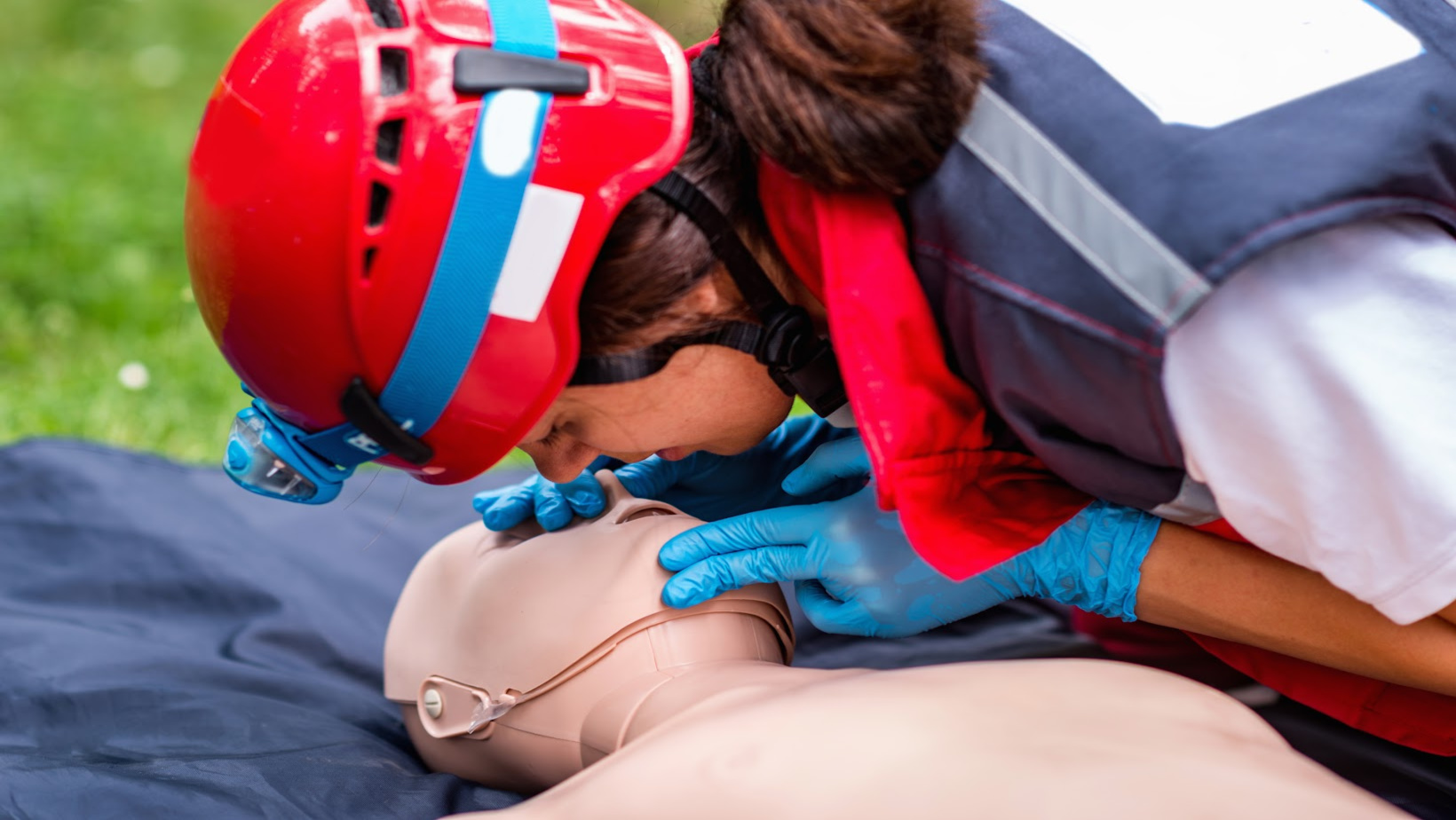


Crisis waits for no one, which is why it’s crucial always to be prepared. It’s critical to be equipped, especially if you’re a parent. Your preparedness could someday save someone’s life. All schools have started offering First Aid training courses that teach basic techniques for the first aid kit to follow until expert paramedics arrive at your location.
Sometimes, home first aid kits can easily treat minor injuries like burns, cuts, abrasions(scrapes), stings, splinters, sprains, and strains.
A drug shop may or may not be at your disposal everywhere. First aid kits for travelling should be comprehensive. In addition to the individual medical items, the equipment should include products that can assist in relieving the symptoms of viral respiratory infections, such as the following:
Make your kit as small and straightforward as possible. Fill it with items that you will need for basic treatment. First Aid training courses teach you how to make a domestic first aid kit out of almost anything that allows easy visibility of the contents.
Here are some basic First Aid skills that everyone should make sure they’re familiar with.
If someone is bleeding profusely, they will be unable to create a clot and will bleed to death. Remedy the situation by applying pressure to the wound—ideally with a sterile cloth, but you can also use torn T-shirt pieces or whatever else you have on board. Raising the injured limb above the heart will also aid in reducing excessive bleeding.
It’s critical to detect the indicators of arterial bleeding since a person with arterial trauma can bleed out and die in minutes. As they bleed, arterial wounds throb, and the blood is typically bright crimson.
Nosebleeds can occur from a blow to the face or mere aggravation of the mucosal surfaces, and they are relatively prevalent in both children and adults. Do not force a nosebleed victim to raise their head or lie down, since this will only worsen the bleeding. Instead, clamp your nostrils shut for up to ten minutes to allow the broken vein in your nose to heal.
The Heimlich manoeuvre, which is not to be confused with CPR, is intended to assist someone choking on a foreign object. First, see if the victim is choking; in a crisis, the person will likely be unable to speak.
Stand behind the victim, put your arms around them, make a fist between the ribcage and the belly button, and cover the fist with your other hand. Make a rapid upward thrust and repeat until the foreign object gets expelled. This approach is only for adults; children and newborns require a different procedure.
A shock victim may feel faint, dizzy, or bewildered and may appear pale. Shock usually occurs due to a significant loss of blood and fluid or infection, an anaphylactic reaction, a disease, or an accident.
Allow the person to lie on their back with their feet raised to cure shock. Make sure the person is warm by covering them with a blanket. Allowing them to consume anything could lead to choking; if they puke or bleed from the mouth, turn them on their side. Immediately contact a physician!
Heat exhaustion happens when a person is exposed to high temperatures for an extended period, primarily if they are engaged in vigorous activity or have not consumed enough water.
To help someone with heat exhaustion, do the following:
Learning the basics of First Aid doesn’t require medical training, but it can save lives. Enrolling in a first aid course in Perth is a powerful step toward preparedness and safety, whether for your home, workplace, or community.
Contact us to know more about first aid kits and first aid training courses.